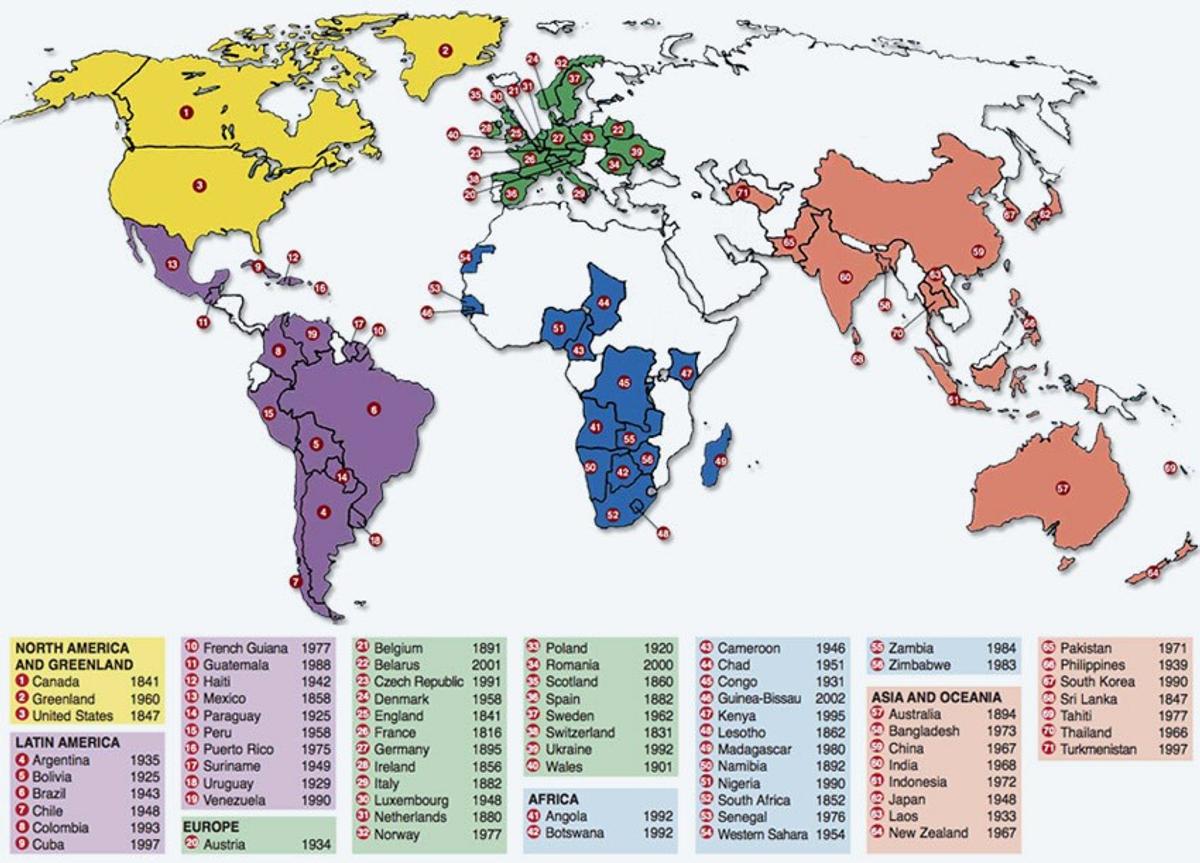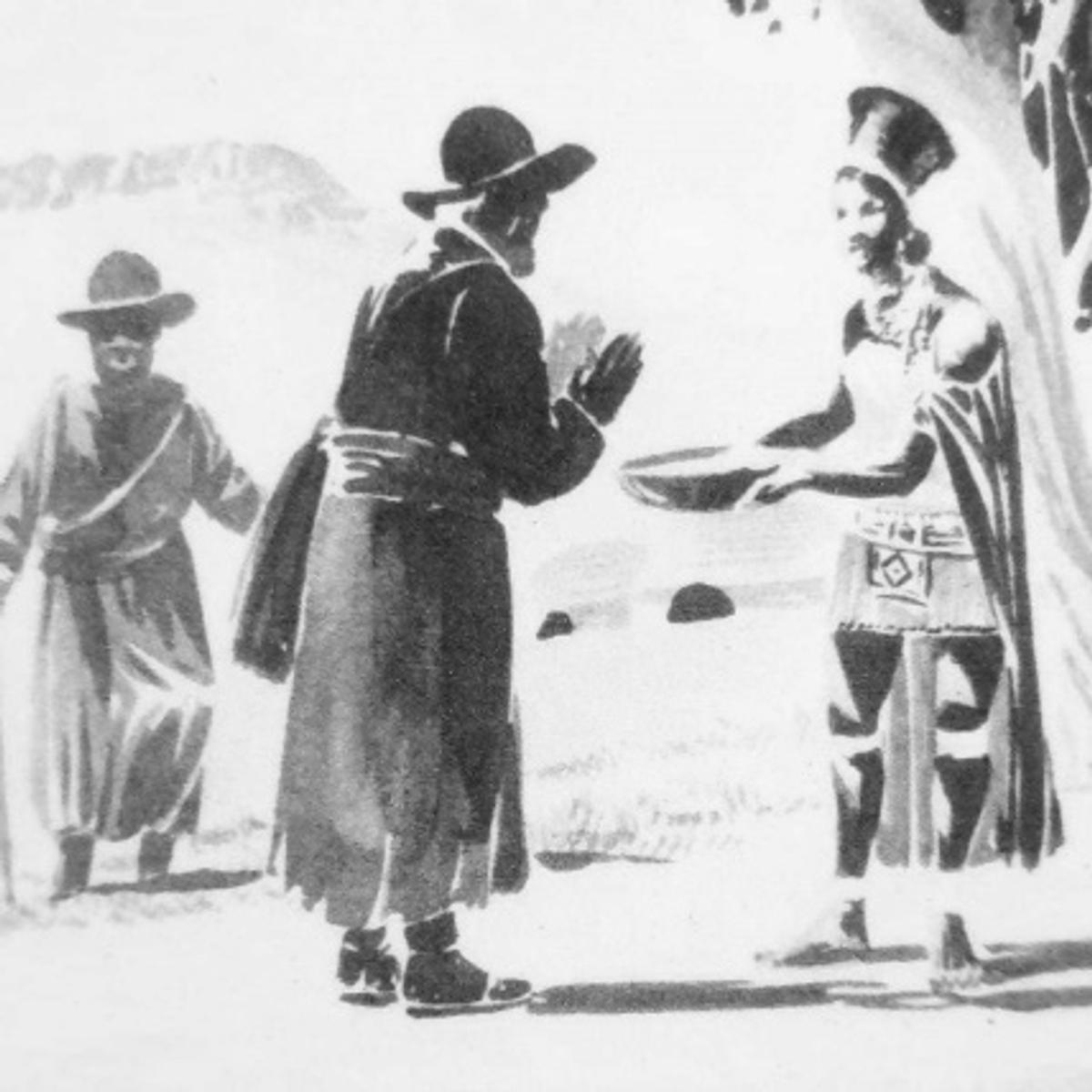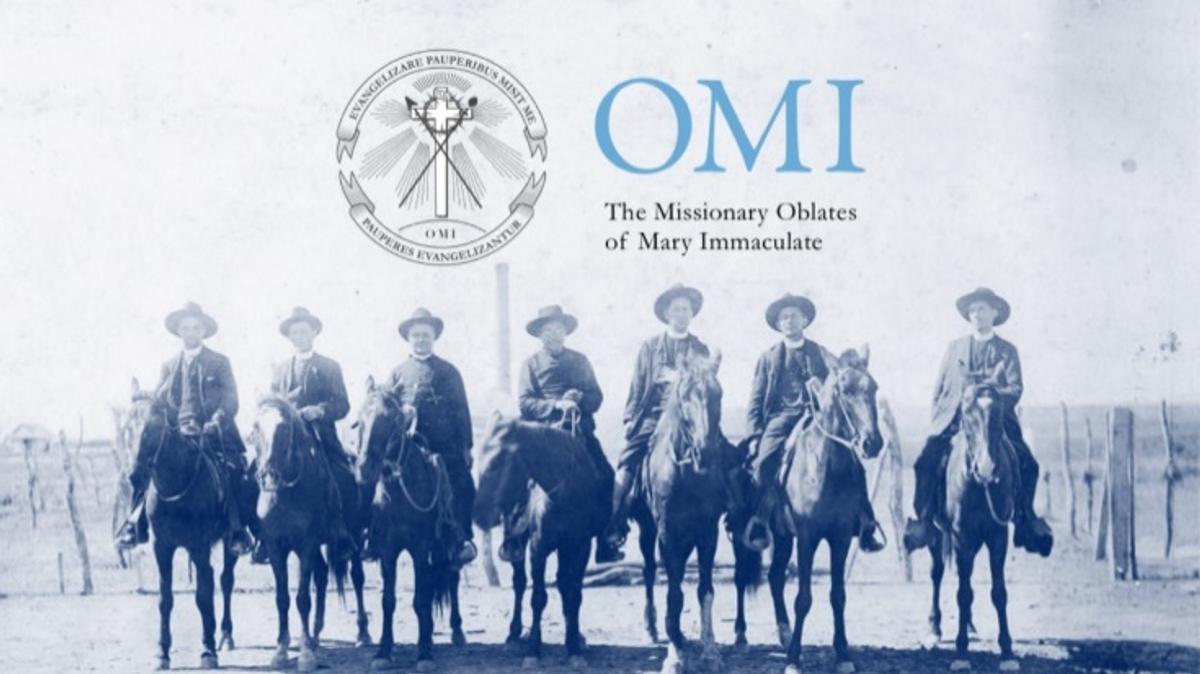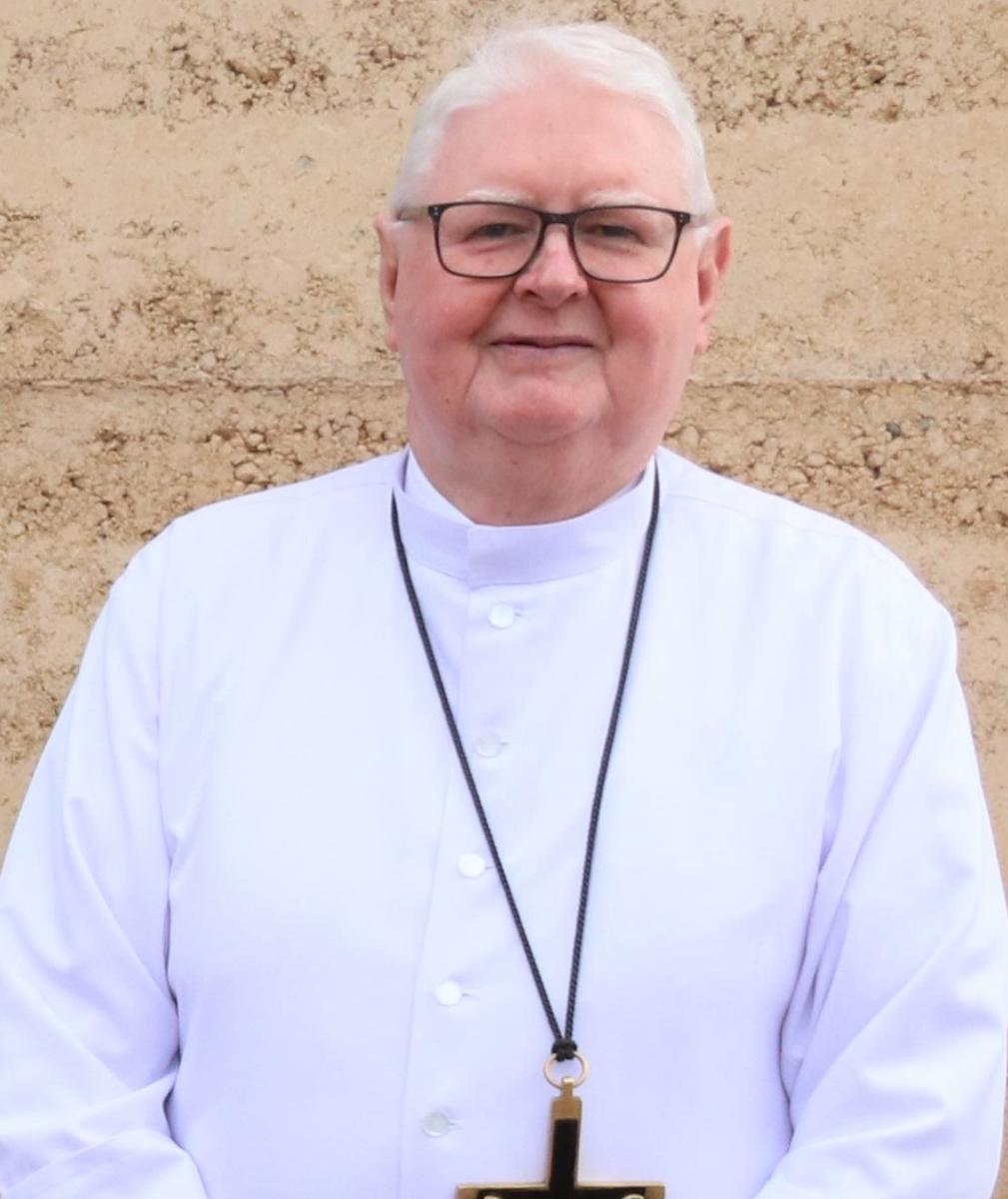Rector's Reflection- Part 8

The Journey from Eugene de Mazenod
to
St Eugene de Mazenod
Part 8
Whilst Fr Eugene had founded the Missionary Oblates of Mary Immaculate primarily to serve the spiritually needy and deprived of the French countryside, his zeal for the Kingdom of God and his devotion to the Church moved him and his Oblates to take their missionary apostolate further.
Soon the missionaries ventured into Switzerland -1831, England -1842, Ireland -1855. Because of his zeal, Fr Eugene was dubbed “a second Paul”, and bishops from the missions came to him asking for Oblates for their expanding mission fields.
Fr Eugene was named Bishop of Marseille in 1837. In 1841 a Canadian Bishop arrived in France looking for missionaries who could evangelize his Diocese of Montreal. After several unsuccessful requests, he was told by one of his contemporary bishops:
“Go to Marseilles. There is a Bishop there whose Congregation is still small, but the man himself has a heart as big as St Paul’s, as big as the world.”
When the Canadian Bishop came to Marseilles on June 20, 1841, he met the bishop with the heart of St Paul’s – Eugene de Mazenod. It took Bishop Eugene de Mazenod and his Oblates just thirty-two hours to discern the request and to say yes to it. The support they gave commenced a new chapter in the history of the Oblate Congregation. This willingness to expand is even more powerful when you consider that all the missionaries who volunteered to leave their homeland and go overseas, did so knowing that most likely they would never be able to return home. Within three months six Oblates were ready to go.
A heart as big the world! This determination fulfilled the Rule Eugene wrote for the group in 1818 that stated, “Their ambition will be to encompass in their holy desires the immense breadth of the entire world.”
Eugene always responded willingly despite small initial numbers. Eugene’s missionaries left for Canada on September 28, 1841, with a number reaching the Artic Circle. The expansion continued: United States 1847, Sri Lanka 1847, South Africa 1851, Lesotho 1861.
As missionaries moulded by Fr Eugene, they went about preaching, baptising, and caring for the needy people, sometimes in unchartered areas, they “left nothing undared that the Kingdom of Christ might be advanced”.
An example of this daring was the introduction of The Cavalry of Christ. This was a traditional designation for the Oblates who did ministry on horseback in Texas and northern Mexico from 1849. The term included any Oblate who made pastoral rounds on horseback until about 1914. Throughout the Cavalry of Christ period, most of the population was poor and Mexican American. The Cavalry of Christ Oblates were involved in the tumultuous events of the early Rio Grande Valley history: border lawlessness, civil wars in both countries, yellow fever, and hurricanes. Seven died between 1853 and 1862, causing Blessed Eugene de Mazenod to exclaim: “Cruel Texas mission!”
As the Oblate map (above) indicates, the Oblate missionary thrust continued, so that today the impulse of Eugene de Mazenod is alive in 68 different countries around our world.
Fr Harry Dyer OMI
Rector




